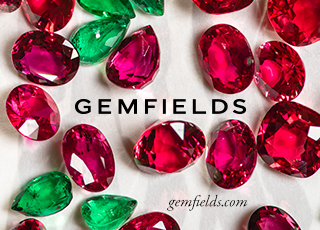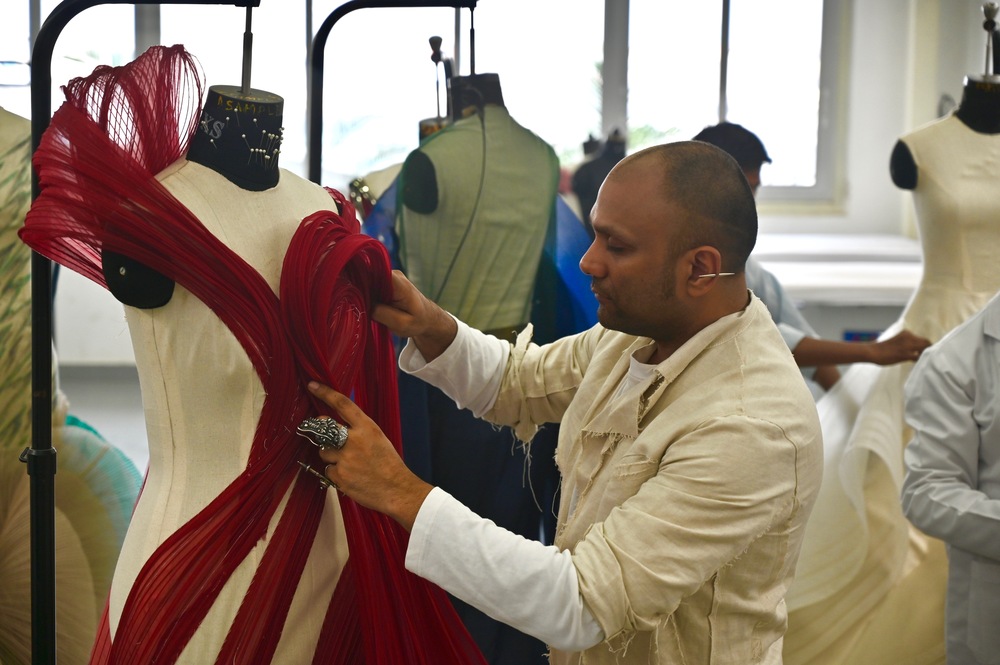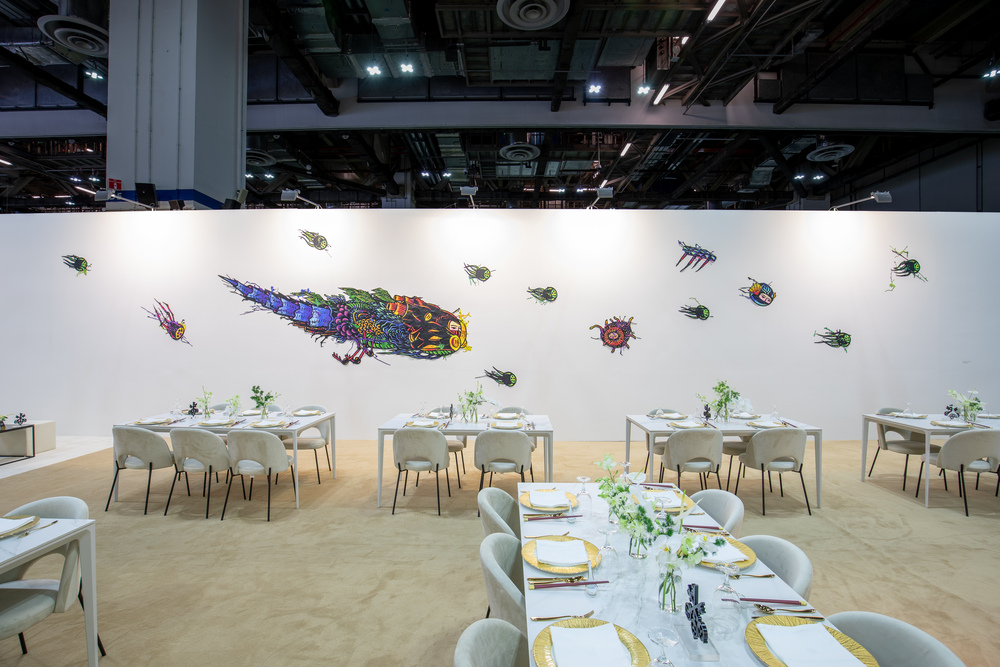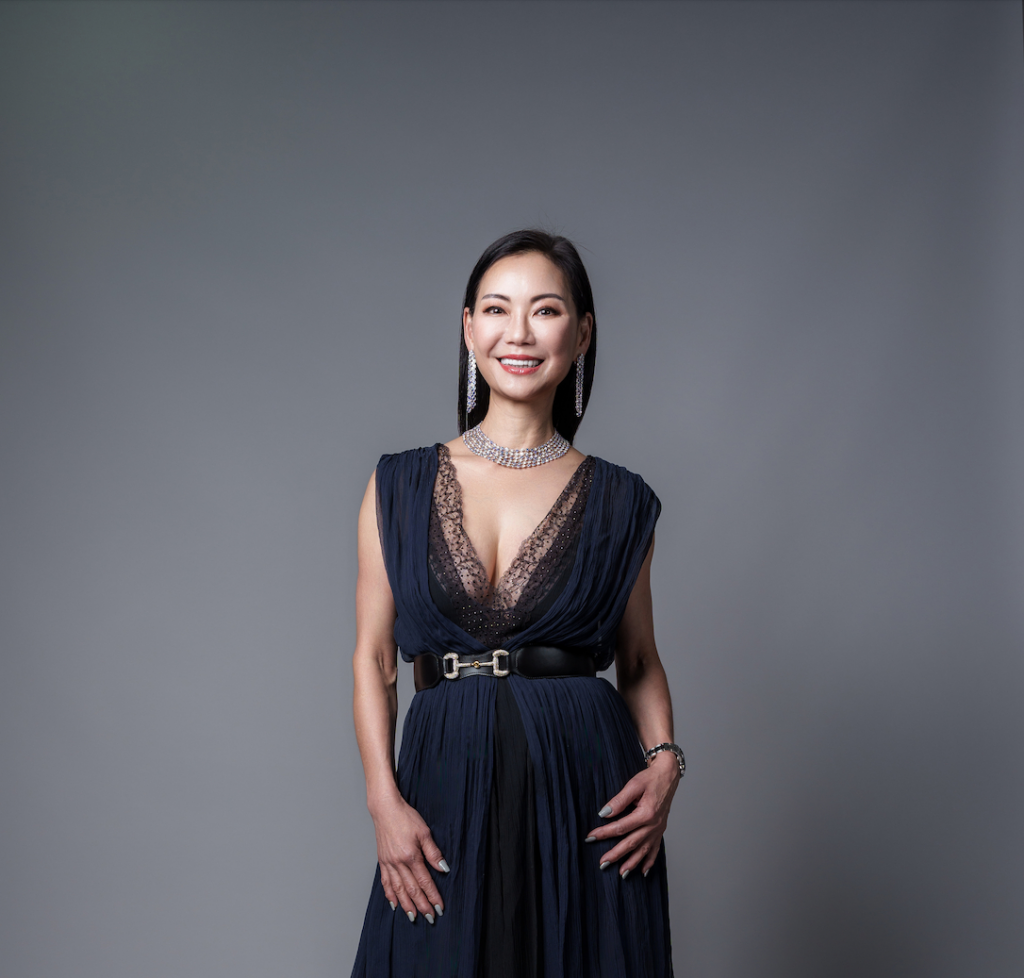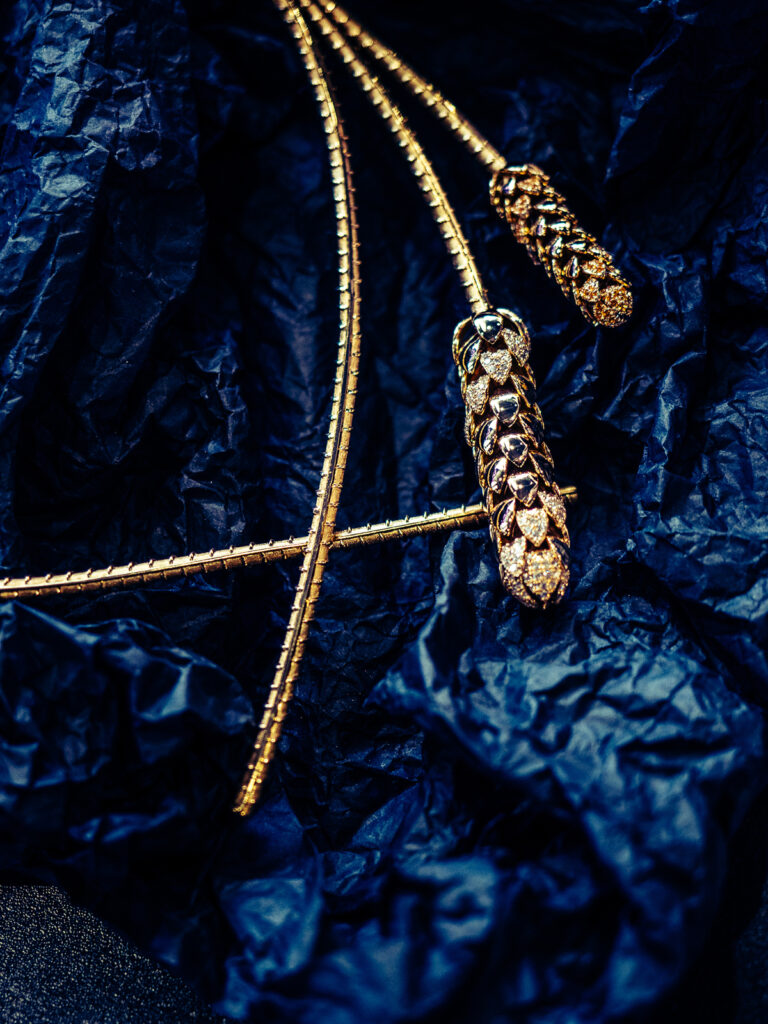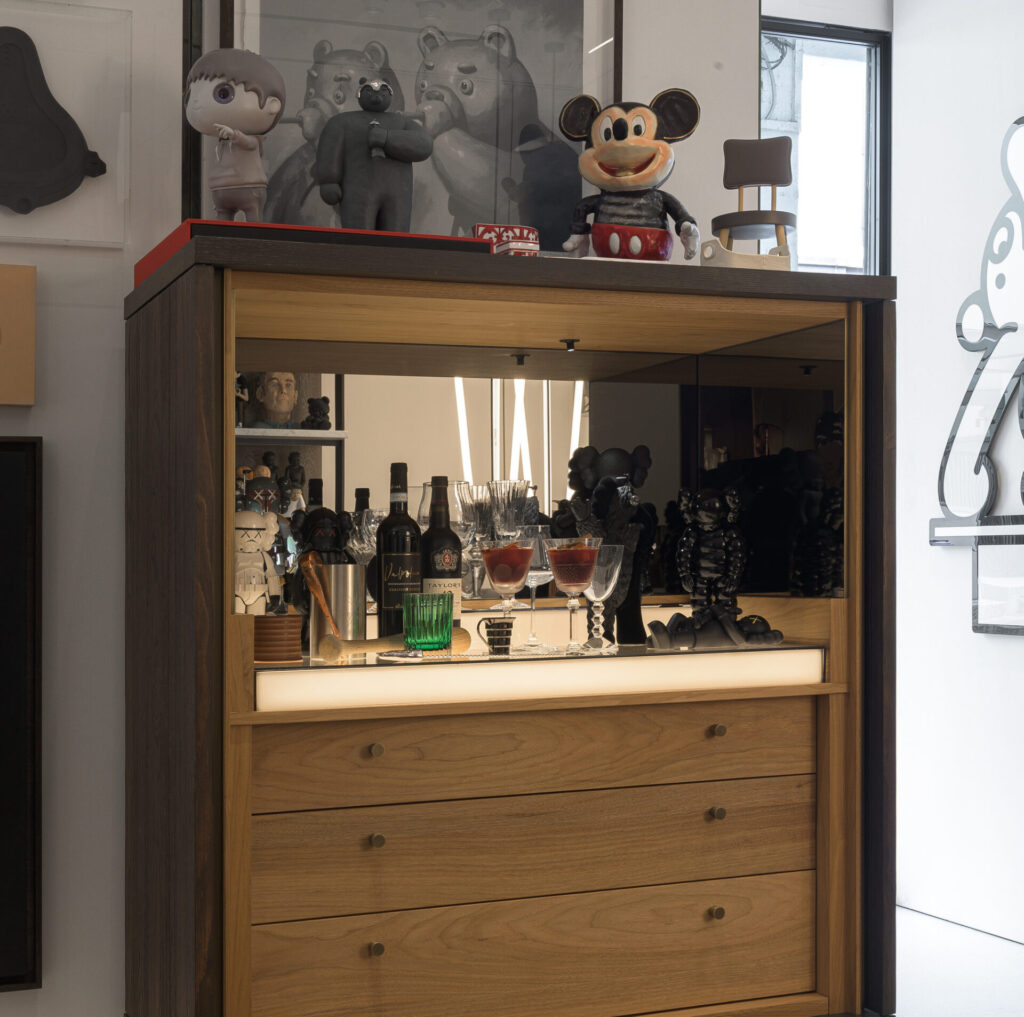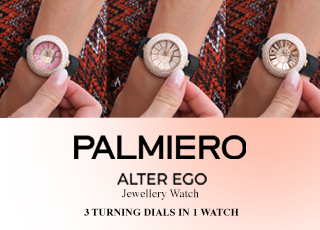Imagine a treasure hunt, spanning two different cultures, going back centuries, and involving precious artefacts. The goal is not simply to find objects, but to match them according to era, aesthetics and materials used.

Such was the task undertaken by the Baur Foundation and the House of Cartier, which culminated in an exhibit and a richly illustrated book, Asia Imagined: In the Baur and Cartier Collections. Both feature Asian art collected by Alfred Baur (1865-1951) and iconic designs by Louis Cartier (1875-1942) and his jewellery house.
The book describes the development of both collections, and narrates how artefacts moved between Europe and Asia throughout centuries, imperial rules and dynasties, evolving from curios and eye candy to items valued for their craftsmanship, aesthetics and symbolism.

Published by 5Continents in March, Asia Imagined features texts by sinologist Estelle Niklès van Osselt, Cartier Collection curator Pascale Lepeu, and Palace Museum (Forbidden City, Beijing) researcher Song Haiyang.

Divided into sections, the book starts with the rise of House of Cartier, including choices in design and materials that contributed to the rise of Art Deco and other iconic styles. Next comes the story of Alfred Baur, who left Geneva for the prospect of wealth in Ceylon, and there cultivated a passion for the at and curious of the Far East.

Inro case with five compartments; Pair of sleeve bands embroidered with bamboo surrounded by insects in flight from Qing dynasty
Accompanied with commentaries, Asia Imagined has over 250 pages of Chinese and Japanese items with motifs such as scrolls, garden scenes, pagodas, mythical creatures, bestiaries and signs, shown alongside Cartier creations using similar colours, patterns, illustrations and materials.

For instance, a Qing Dynasty vase in pink quartz with a dragon and phoenix motif is shown beside a 1927 Cartier cigarette case with a pink quartz plaque laid on black enamel and framed by yellow gold dragons. Beside a Qing dynasty dish in grey and brown agate and a Ming-era procelain cup painted in underglazed blue, you see a Cartier clock with an agate stand and lapis lazuli dial. Both the dish and the clock feature translucent agate branches coiling around the item.

While Asia Imagined does not claim that the specific items from the Baur collection inspired certain Cartier designs, it affirms the belief that Cartier and his designers sought inspiration from Asian art, curios, everyday objects and illustrated books.


